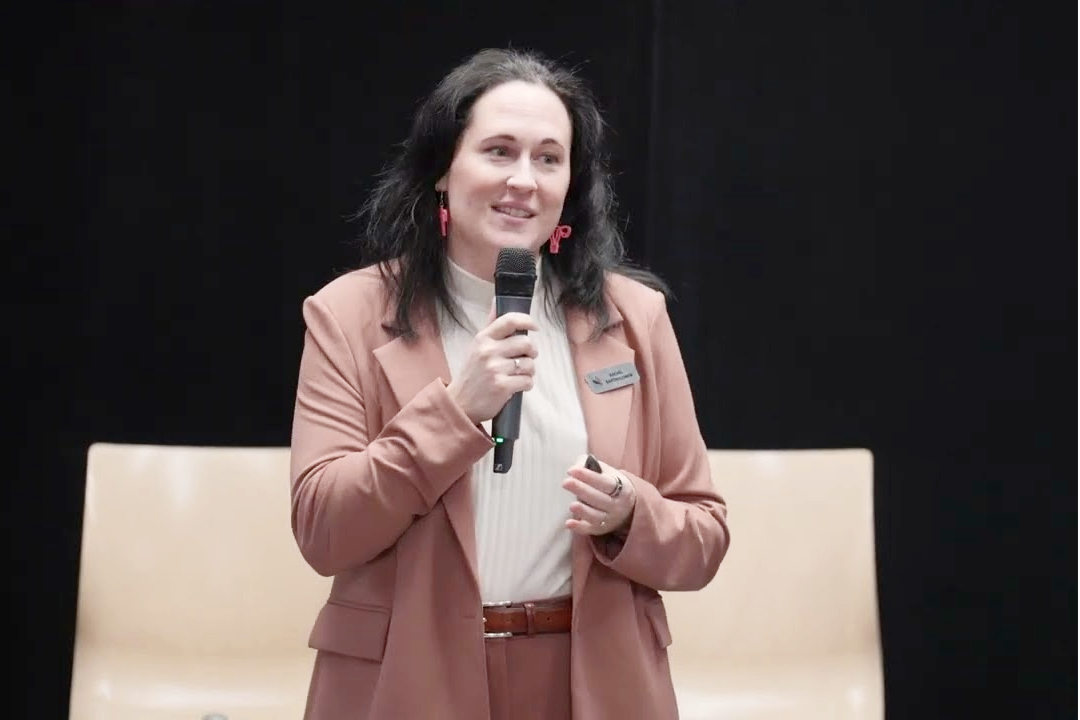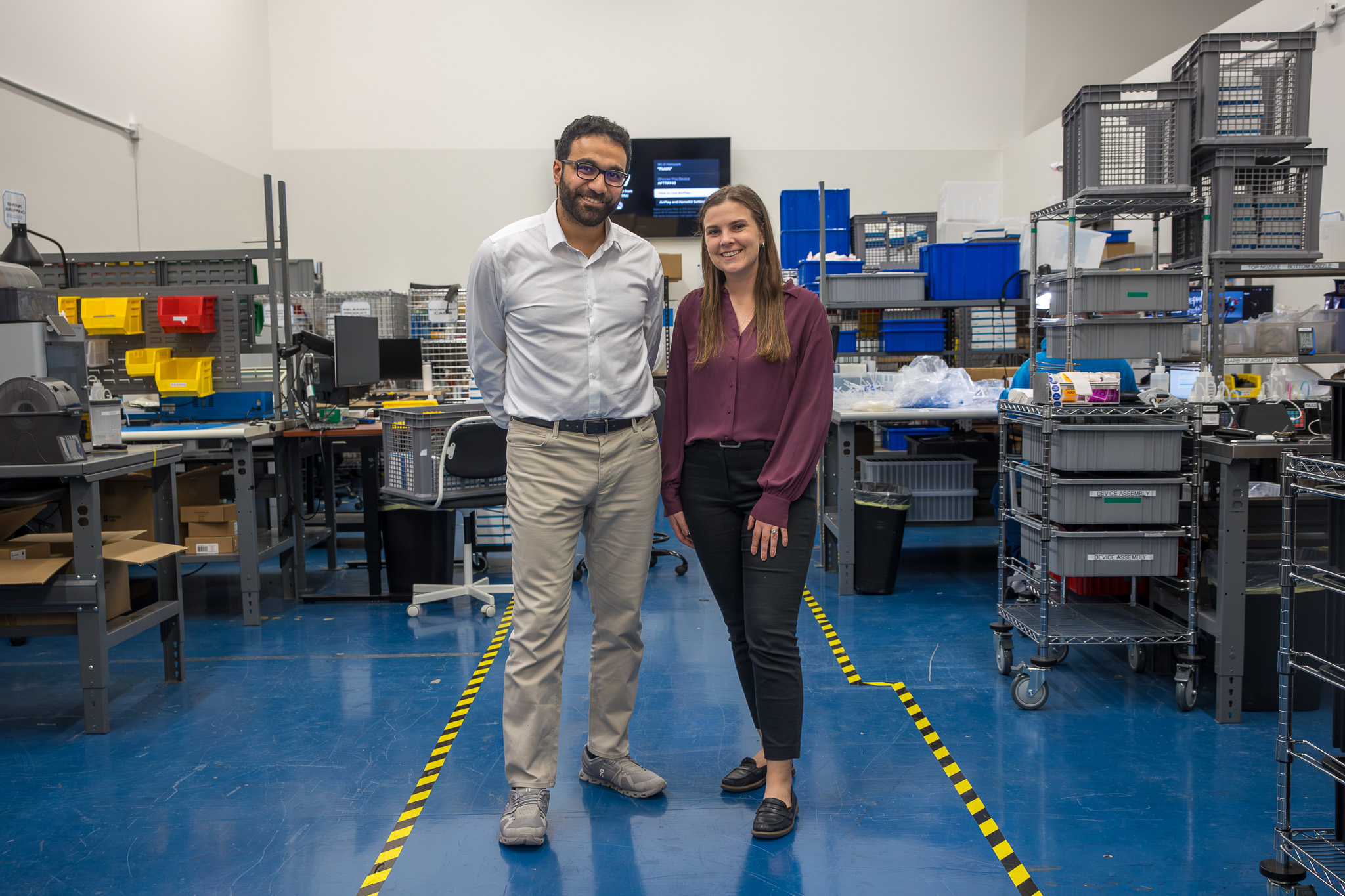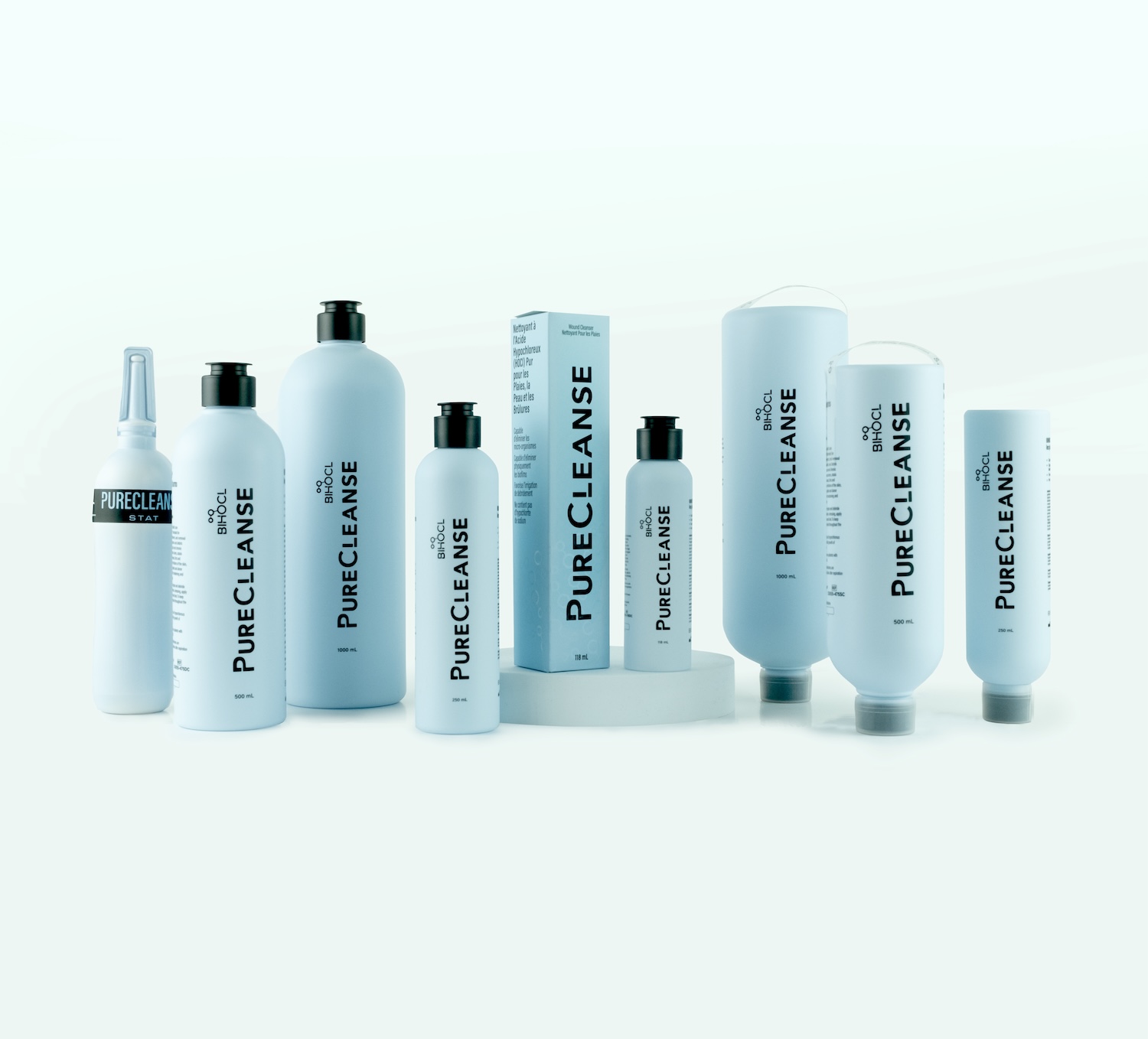
MIX Profile: Rachel Bartholomew, founder and CEO of Hyivy
Advancements in medicine, diagnostic tools, and medical technology are supposed to benefit everyone. Unfortunately, women are still dramatically underrepresented in testing and research for these lifesaving technologies.
According to the Medical Research Foundation, women are 50% more likely than men to be misdiagnosed with a heart attack. Another study showed that women would experience a hip replacement implant failure 29% more often than men due to the gender gap in product development and testing.
Rachel Bartholomew experienced this firsthand when she was diagnosed with cervical cancer at the age of 28. After surgery, her pathology results came back with complications, sending her into radiation therapy. It was then that her oncologist handed her what was described as a medical device.
“I was given a glass test tube that I was told to insert into my body every other day for five years straight to help with radiation effects on my body ,” Bartholomew recalls.
What shocked her most wasn’t the treatment itself, but how little it had changed in nearly a century.
“I researched it, and I found out that this has been the standard of care since 1938. Nothing had changed,” she says. “I knew we could do better.”
That moment set Bartholomew on the path to launching Hyivy Health, a medtech company working to bring innovation, data, and compassion to an area of care that has been overlooked for generations.
Building from scratch during a pandemic
Bartholomew is an experienced founder, but the world of pelvic health and oncology was new to her. Going back to first principles, she started by speaking with other patients, online communities, and the doctors she saw daily during radiation treatments.
“Talking to patients and doctors gave me the chance to get the verification that I needed that this was something that needs to be worked on,” she says.
When COVID-19 lockdowns began, she assembled a small team and viewed the disruption as an opportunity.
“We locked ourselves down and started doing research on where is women’s health research at? What do we know? What do we need to know to create an effective product? We really were starting from scratch,” Bartholomew says.
The research and development process lasted four years, culminating in an auto-dilation and thermal therapy device that met the safety, quality, and accuracy requirements necessary for Health Canada and FDA approvals.
A new approach to chronic pelvic pain
Hyivy’s device targets anyone living with chronic pelvic pain. This includes gynecological and colorectal applications tied to more than 75 diagnoses that affect women and men
The device combines three therapies in one: dilation through air chambers monitored by pressure sensors, hot and cold treatment monitored by temperature sensors, and a drug-delivery system supported by a moisture sensor.
“What is really interesting out of all of this is that no one’s really used sensors in this area before. So what we’re seeing is, especially in this chronic population that has chronic conditions, are data trends that are telling the patient’s story in a way we have never seen before,” she says.
By pairing this data with subjective reporting, Hyivy aims to create the first objective benchmarks for pelvic floor health. Using a connected app and clinician dashboard, doctors can remotely monitor patients, compare their progress against baseline ranges, and track their progress over time.
From startup to advocacy: building Femtech Canada
As Hyivy advanced, Bartholomew faced another challenge—convincing investors that women’s health was a market worth backing.
“I had investors saying your market is too niche. The problem you’re solving isn’t real. Can you talk to my wife, my daughter, or my sister to validate that your market is real?” she says.
Over an Easter weekend, she mapped out other Canadian founders tackling similar problems and created a Slack channel. What started as “a monthly therapy session” for a small group of founders grew into Femtech Canada, a national network supporting founders, advocating for resources, and raising awareness.
“We went from 51 companies to now we’re over 200. Fifty-four percent of those are net new because we’ve got the word out there through hackathons, chatting with researchers, and advocating and educating about the market,” she says.
Today, Femtech Canada is the third-largest femtech ecosystem in the world, with programming sponsors like Sun Life. Bartholomew herself has gone to Ottawa to lobby Parliament for dedicated funding for women’s health. The initiative has since gone global with Femtech Across Borders, connecting founders in more than 80 countries to share playbooks and collaborate on challenges ranging from fertility to healthcare delivery in war zones.
Finding community at MIX
Hyivy is a resident company at MIX, and Bartholomew credits MIX co-founder Armen Bakirtzian for encouraging her to think about her product in a different way than she originally envisioned.
“Armen was such a tough cookie on me, but for all the right reasons,” she says. “He essentially challenged me at the very beginning of my business, saying we’re not a consumer device, we’re a medical device, and if you want to make an impact, this is how you do it.”
Two years after first applying, Hyivy joined MIX and quickly became part of the community.
“We walk down the hallway multiple times to go talk to other companies when we’re dealing with a problem, and these are companies that may be a couple steps ahead of us, that are able to kind of tell us what their experience was and how they’ve navigated it,” she says.
She adds that MIX has created one of the few truly welcoming spaces for Canadian medtech startups.
“It’s really the only space that you feel welcome as a medtech company in Canada, because where else can you find similar stage to later stage medical device companies that are manufacturing and doing R&D work like this,” she says.
Looking ahead
Hyivy is now preparing for its next major milestones.
“We’ll have two trials completed, FDA clearance in hand, and our first pilot launch done. Our product has full reimbursement in the US, and so we’re testing out the market now to show what acquiring and onboarding a customer looks like to have the proof that we can make revenue through a reimbursement cycle,” Bartholomew says.
For Bartholomew, the work has always been about more than one device. It’s about challenging the systemic neglect of women’s health and building the evidence, community, and momentum needed to change it.



